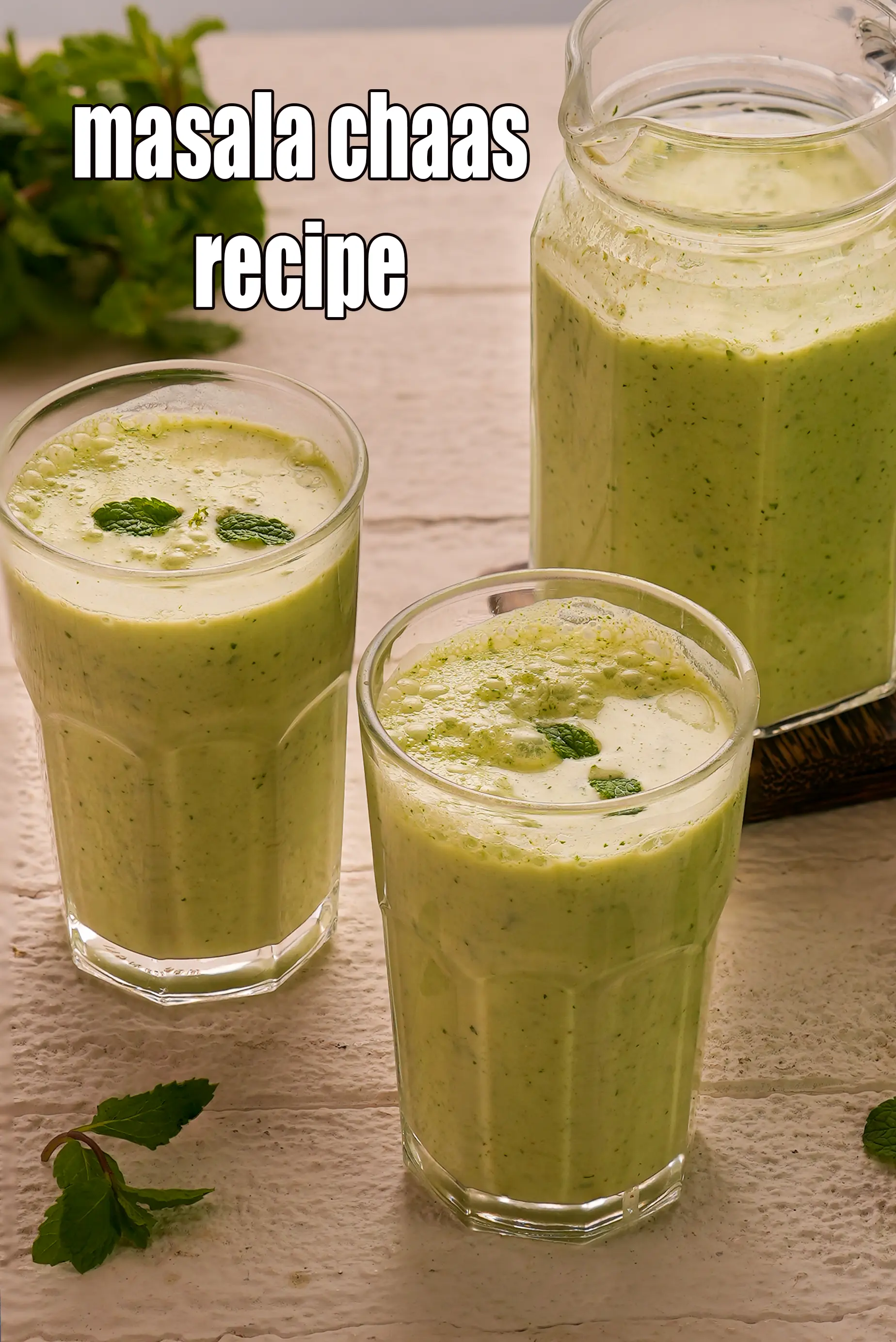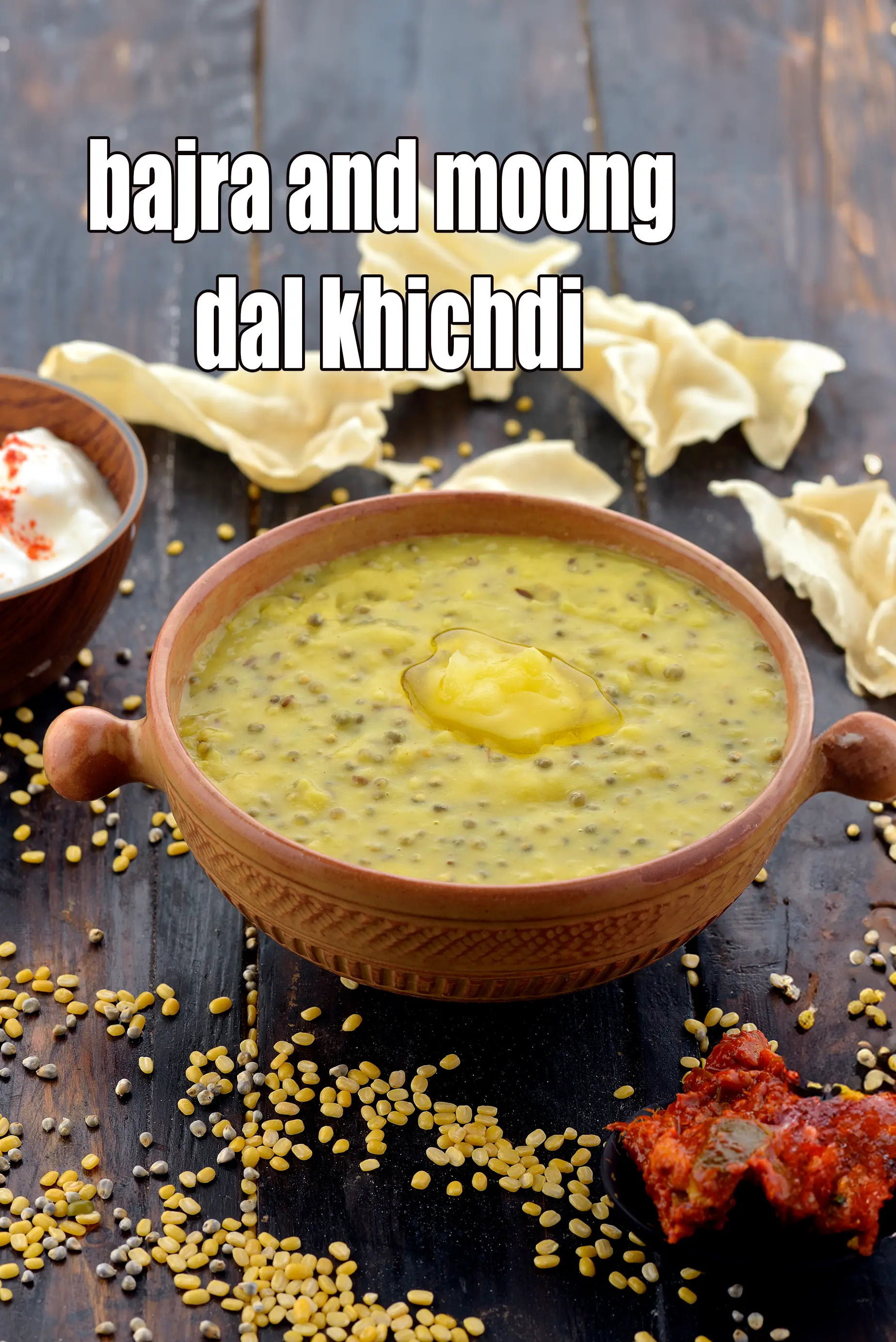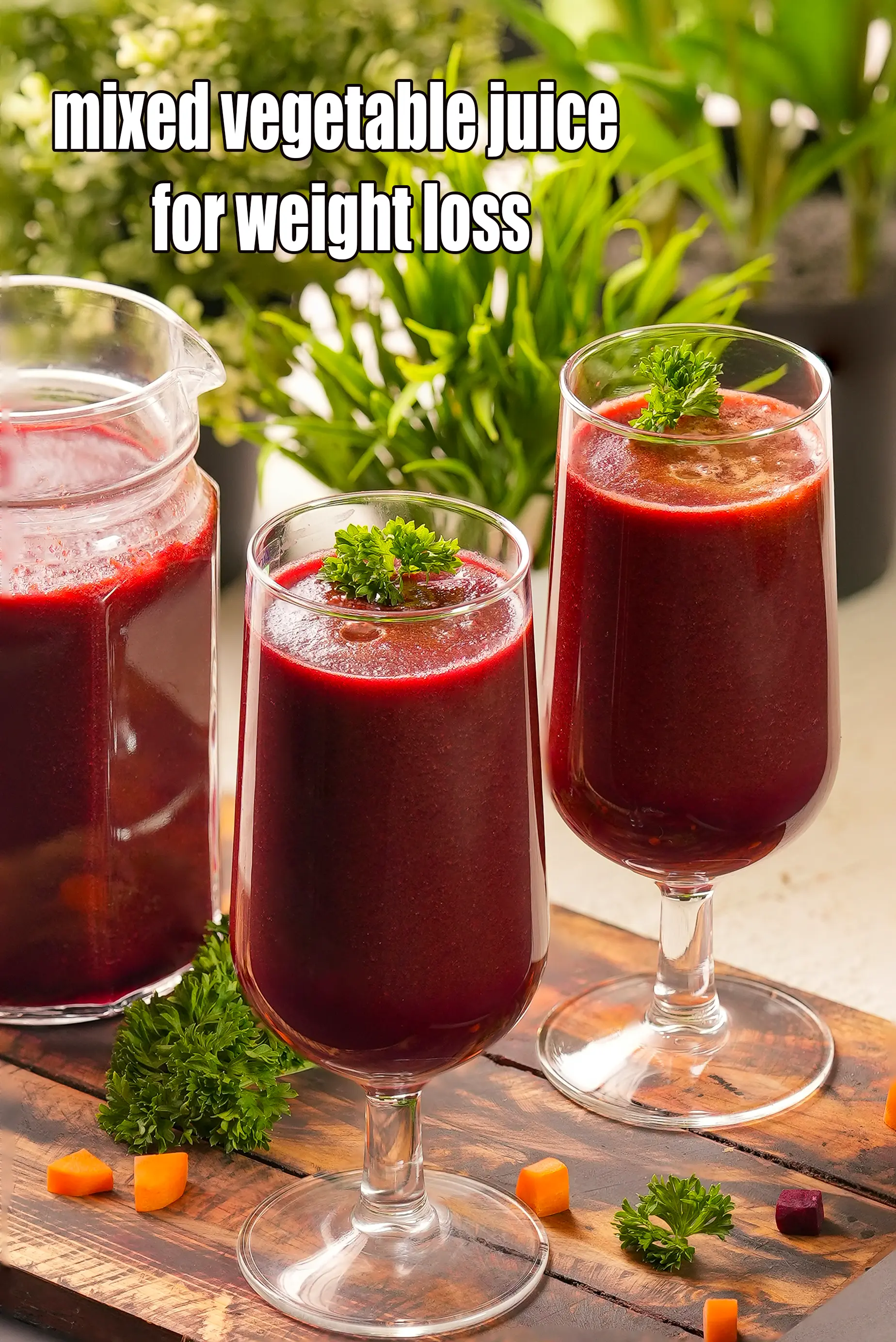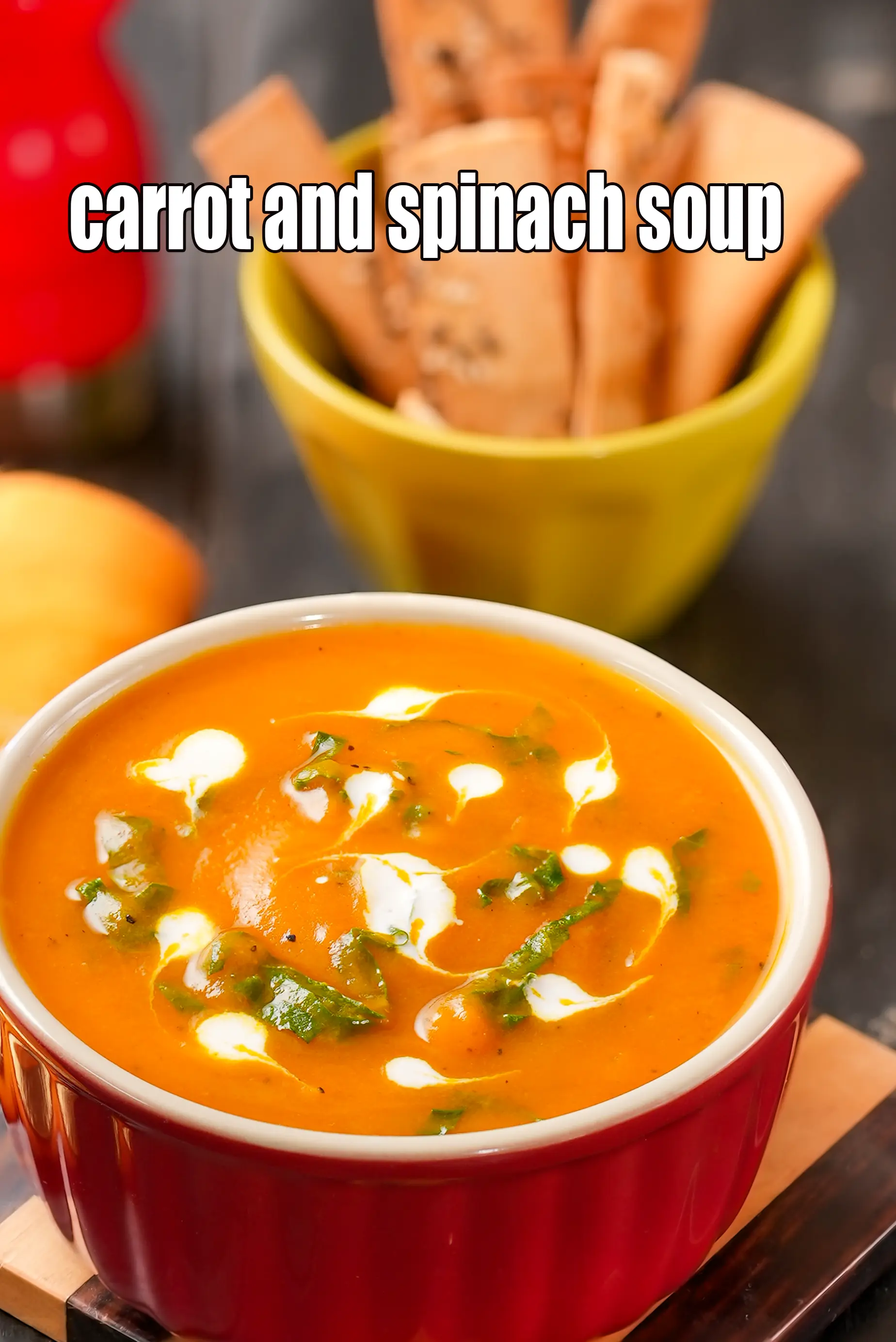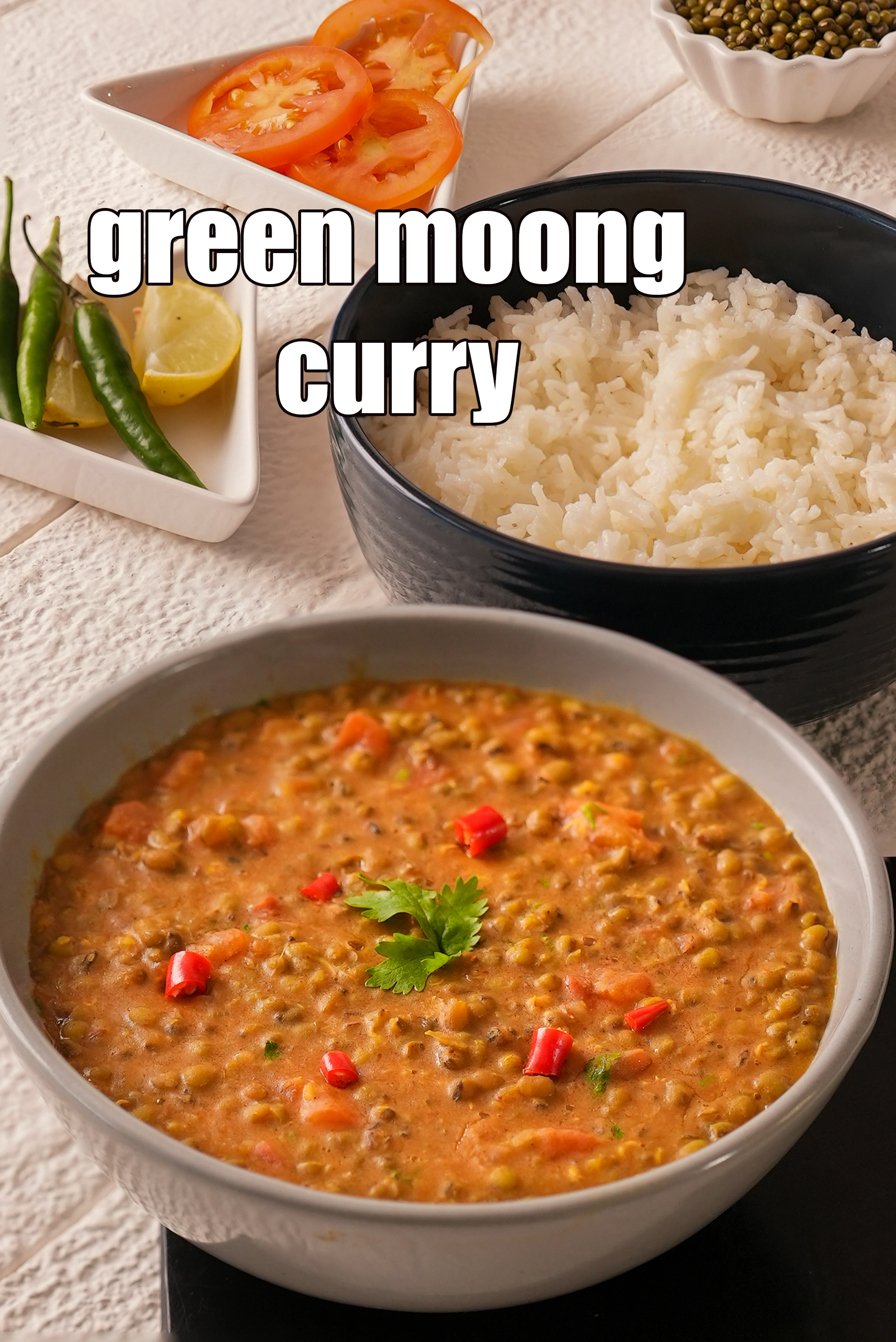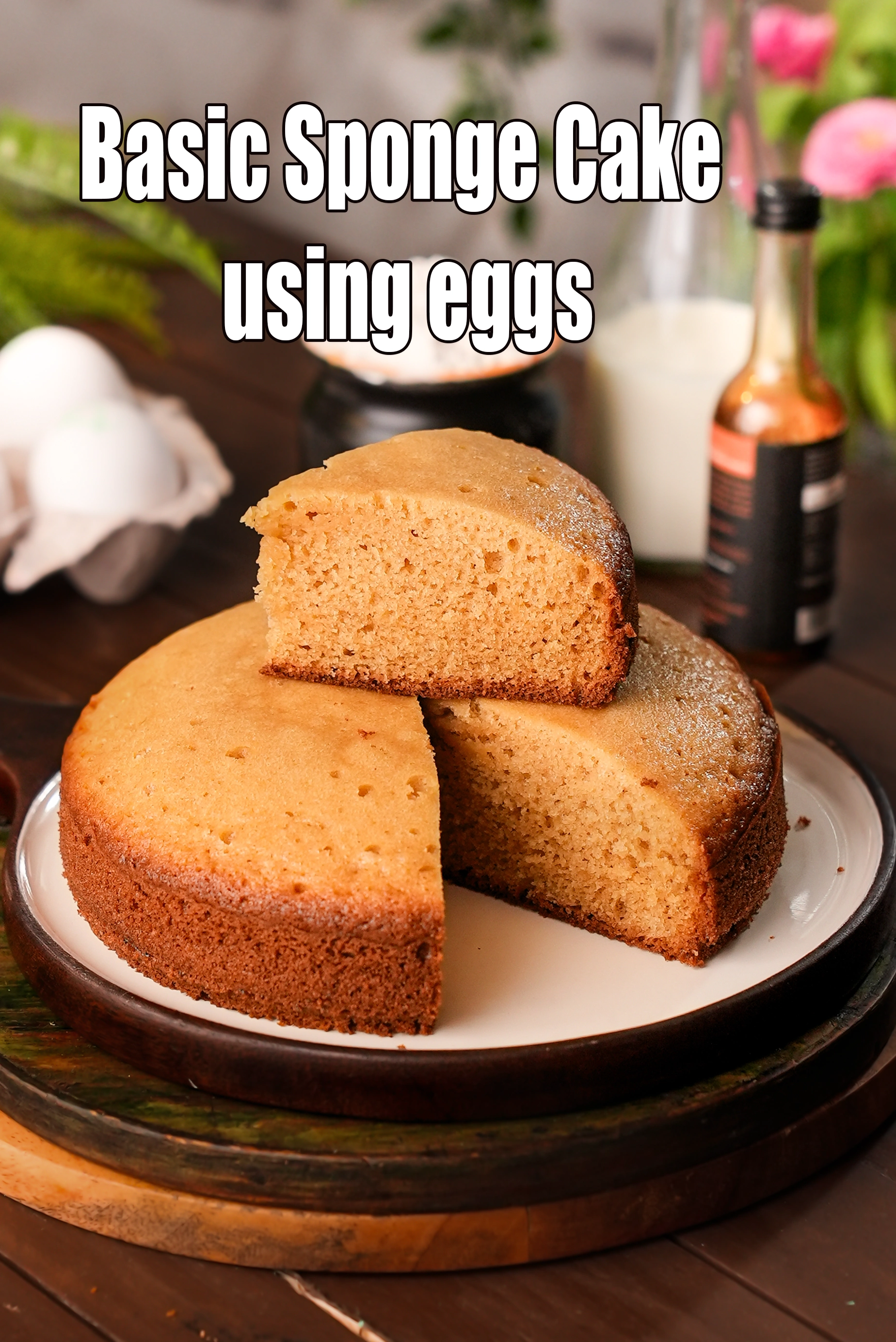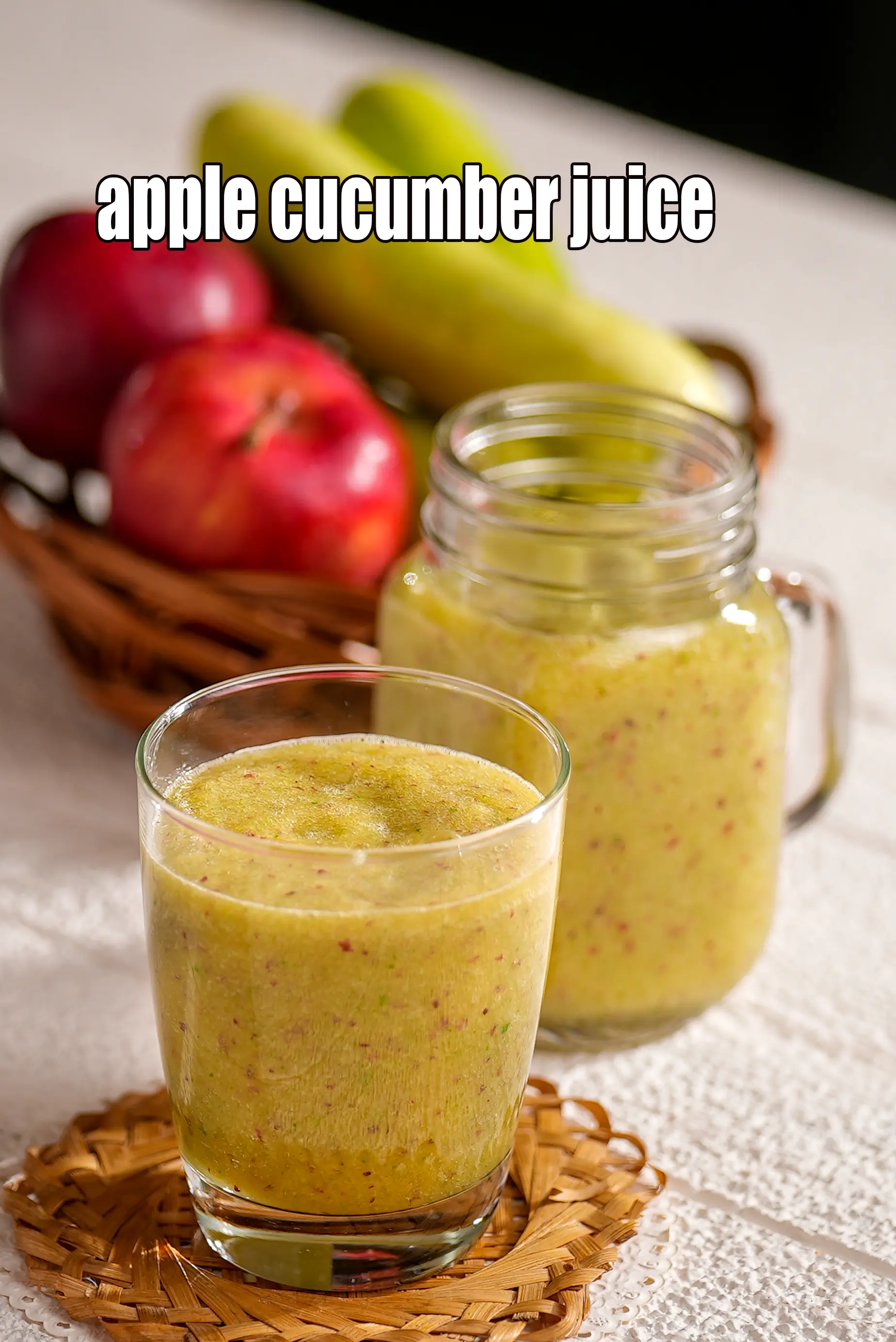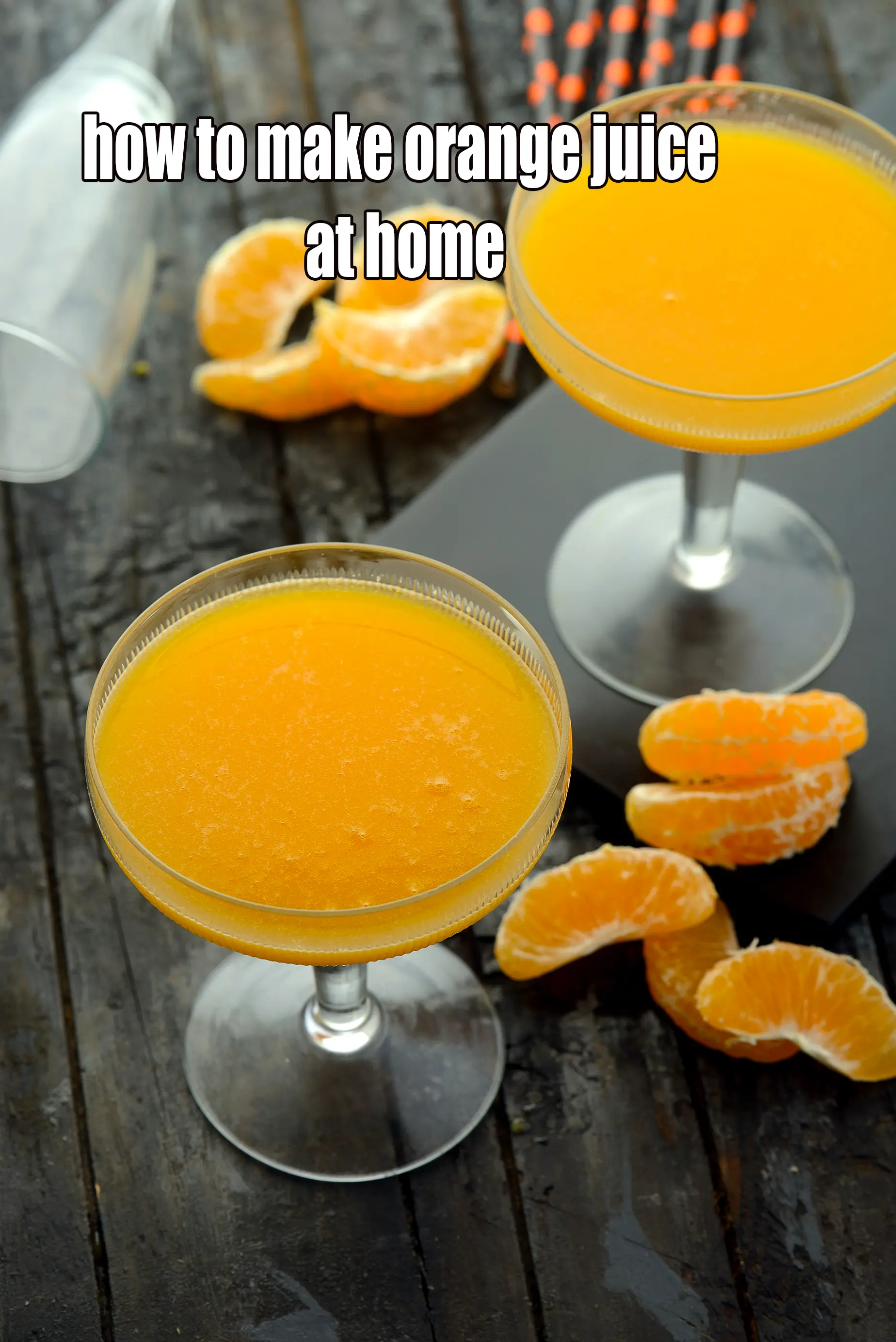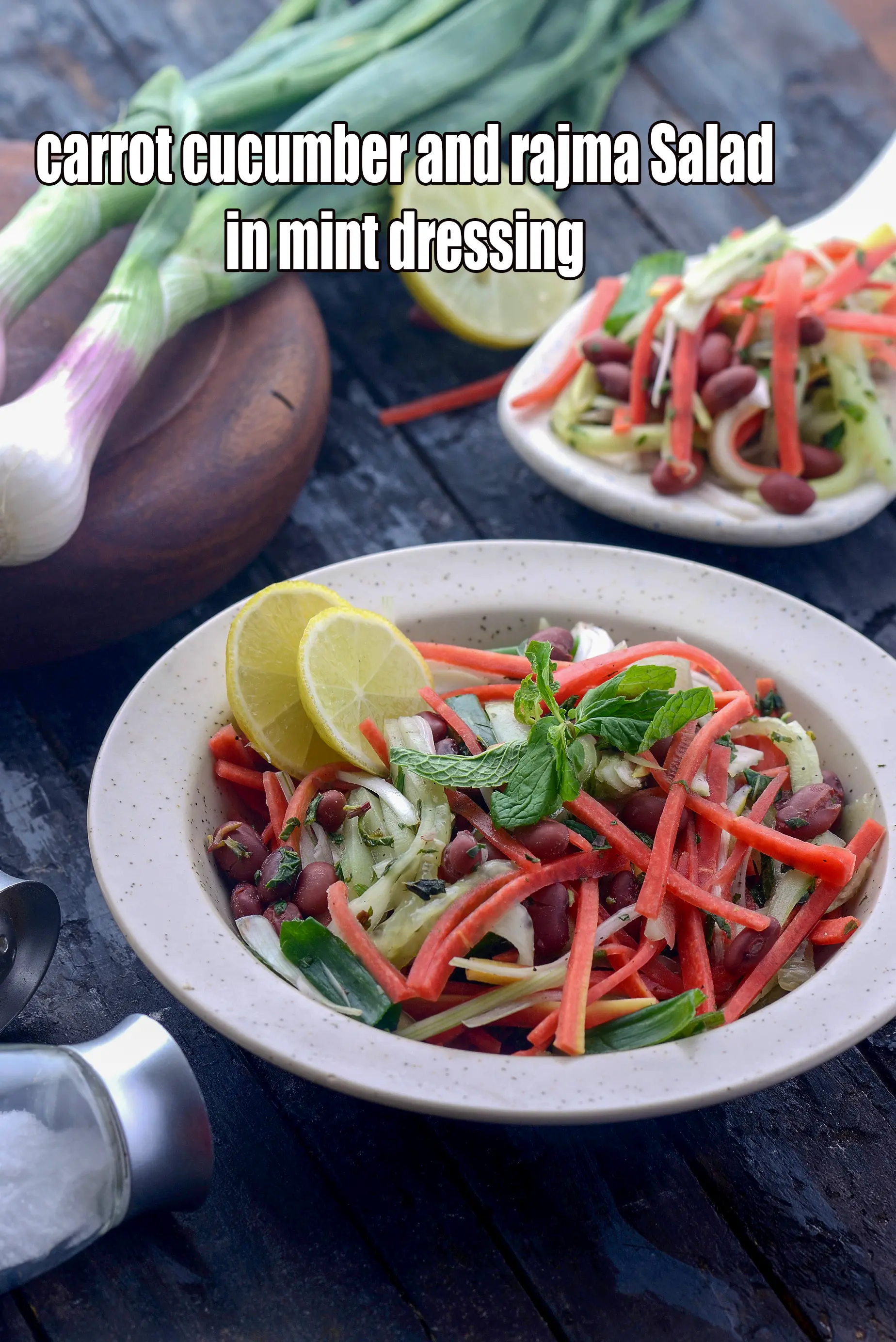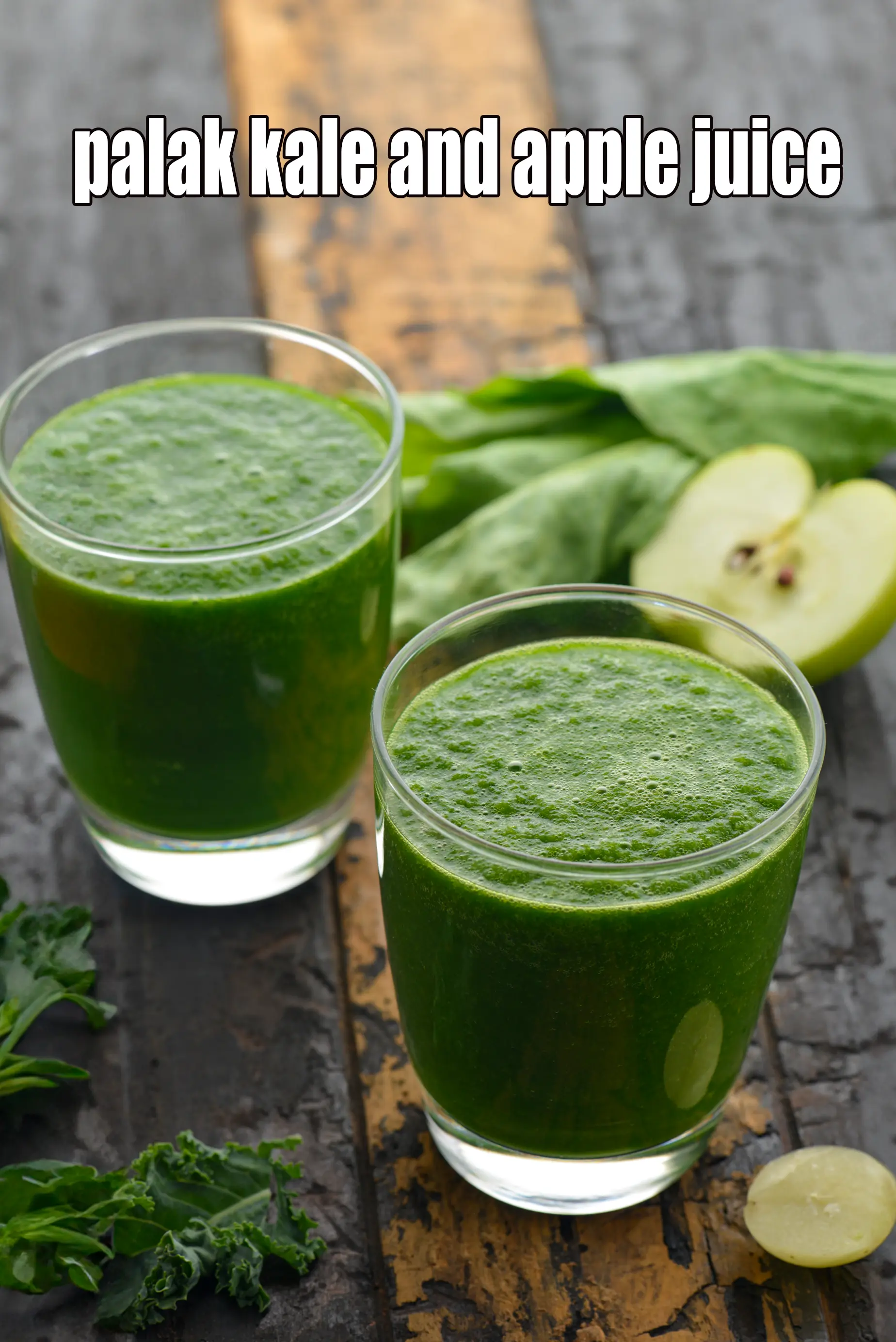Nutritional Facts of Orange Tabbouleh Salad, Lebanese, Calories in Orange Tabbouleh Salad, Lebanese
This calorie page has been viewed 2786 times
Table of Content
How many calories does one serving of Orange Tabbouleh Salad?
One serving (180 grams) of Orange Tabbouleh Salad gives 192 calories. Out of which carbohydrates comprise 120 calories, proteins account for 13 calories and remaining calories come from fat which is 68 calories. One serving of Orange Tabbouleh Salad provides about 9.6 percent of the total daily calorie requirement of a standard adult diet of 2,000 calories.
Orange Tabbouleh Salad recipe serves 5, 180 grams per serving.
192 calories for 1 serving of Orange Tabbouleh Salad, Lebanese, Cholesterol 0 mg, Carbohydrates 29.9g, Protein 3.2g, Fat 7.5g. Find how much fibre, iron, calcium, zinc, magnesium, phosphorus, sodium, potassium, folic acid is present in Orange Tabbouleh Salad, Lebanese.
See orange tabbouleh salad recipe | Lebanese orange tabbouleh salad | Indian style healthy orange sesame tabbouleh |
Orange tabbouleh salad is a vibrant and refreshing twist on the traditional Middle Eastern dish, tabbouleh. This salad typically features bulgur wheat, fresh herbs, vegetables, and is enhanced with the addition of oranges, which adds a citrusy sweetness and a burst of color. It's a nutritious and flavorful option, perfect as a side dish or a light meal.
Orange tabbouleh salad can be served as a side dish alongside roasted vegetables. It also makes a great light lunch or can be enjoyed as a standalone meal. This versatile salad is perfect for picnics, barbecues, and potlucks, bringing a burst of flavor and color to any table.
Pro tips for orange tabbouleh salad. 1. In a large bowl put the cooked broken wheat (dalia). The porous texture of broken wheat allows it to absorb the flavors of the other ingredients in the salad, creating a harmonious blend. Broken wheat is a common ingredient in Middle Eastern and Mediterranean cuisine, adding a traditional touch to the dish. 2. Add 2 cups orange segments. Oranges add a sweet and tangy flavor that complements the other ingredients in the salad, such as parsley, tomatoes, and bulgur wheat.
Is Orange Tabbouleh Salad healthy?
Yes, but conditions apply.
Let's understand the ingredients.
What's good.
Dalia ( Broken Wheat, Bulgur Wheat) : High Fibre in dalia aids in managing Diabetes. The high fiber further assists in controlling the levels of cholesterol too, thus reducing the risk of strokes. Strong Bones are the backbone of our body. We are aware that with age our bone mineral density decreases and we need a good dose of calcium, phosphorus and magnesium to maintain the health of our bones and dalia provides that. See here for detailed 8 amazing benefits of dalia.
Tomatoes ( Cherry tomatoes, Yellow tomatoes ) : Tomatoes are extremely rich source of Lycopene. Tomatoes are a powerful antioxidant, super rich in Vitamin C, good for heart. Tomatoes are a Pregnant woman's friend and are rich in Folate or Folic Acid which helps your body to produce and maintain new cells, especially red blood cells. Read about 13 amazing benefits of tomatoes.
Spring Onions : The sulfur compounds in spring onions are known to keep blood pressure under check. Here the sulfur compounds and antioxidant quercetin together help to keep blood sugar levels under control by increasing the production of insulin making it good for Diabetics. Spring onions have also been identified to lower cholesterol levels in the body. The vitamin C also puts you at less risk of heart disease. Being very low in calories and fat and encompassing a basketful of nutrients, they are looked upon as a weight loss vegetable too. See detailed benefits of spring onions.
Parsley : Parsley is a fairly good source of calcium, which is definitely known to support bone strength. Adding parsley to your meals daily will help you build your red blood cells count and haemoglobin levels and overcome anaemia. A glass of juice with parsley like Carrot Spinach and parsley Juice is a very good detox to flush out toxins from your body and fight kidney stones. A cup of freshly chopped parsley fulfils your days requirement of vitamin C and vitamin K and folate. Parsley is part of Heart-friendly foods. See detailed benefits of parsley.
Mint Leaves (Pudina) : Mint (pudina) being an anti-inflammatory reduces the inflammation in the stomach and shows a cleansing effect. Sipping on a healthy drink like fresh mint and lemon tea is the best option to overcome nausea for mums-to-be. Moreover its vitamin A (10% of RDA) and vitamin C (20.25%) serve as an additional boost to bring relief from cough, sore throat and also cold. Mint (pudina) is a leafy vegetable which is sure to create nourishing dishes without piling on calories, carbs or fat for that instance. What it has to offer instead is FIBER. See here for detailed benefits of mint leaves.
Olive Oil, Extra Virgin Olive oil : Olive oil is a strong antioxidant and good for heart. Also it has anti inflammation properties. This is one of the healthiest oil you can opt for. It has around 77% of MUFA. Olive oil, especially the extra virgin olive oil, is unrefined oil in its natural state and free of chemicals. Moreover, olive oil also possesses polyphenols – a type of antioxidant which protects body cells and maintains heart health as well. Popular in Mediterranean cooking, this oil works best for salad dressings or quick sautéing recipes. They cannot be used for prolonged cooking at high temperatures. Note that it's fat at the end of the day so don't consume too much. Read the super article of which oil is the healthiest, avoid vegetable oil.
Can diabetics, heart patients and overweight individuals have Orange Tabbouleh Salad?
Yes. High Fibre in dalia aids in managing Diabetes. The high fiber further assists in controlling the levels of cholesterol too, thus reducing the risk of strokes. Strong Bones are the backbone of our body.
Orange Tabbouleh Salad is rich in below macronutrients, vitamins and minerals given in descending order (highest to lowest).
- Vitamin C : Vitamin C is a great defence against coughs and colds. Have citrus fruits (oranges, grapefruit and sweet lime), lemons, vegetables ( capsicum , broccoli, cabbage). Not all of the vitamin C is lost when vegetables are cooked. Some studies have shown that up to 50% of the vitamin C can be retained, depending on the cooking method and the vegetable. Cook vegetables quickly. The longer vegetables are cooked, the more vitamin C they will lose. 88% of RDA.
- Vitamin B1 (Thiamine) : Vitamin B1 protects nerves, helps in carbohydrate metabolism, prevents heart diseases and helps produce red blood cells. Indian Foods rich in B1 are Flax seeds (alsi), Sunflower seeds, sesame seeds, Garden cress seeds (halim), capsicum, whole wheat flour , chana dal, moong, walnuts, masoor dal, brown rice , jowar, bajra. 20% of RDA.
- Vitamin A rich recipes, Beta Carotene : Vitamin A is crucial for healthy vision, cell growth and healthy skin. Sources of vitamin A include yellow-orange fruits and vegetables like carrots , mango, papaya, peach, tomatoes, pumpkin etc. and other vegetables like spinach, kale, fenugreek leaves , broccoli , capsicum etc. % of RDA.
- Phosphorus : Phosphorus rich Indian foods works closely with calcium to build bones. Phosphorus rich Indian foods like dairy products ( milk, paneer, curds), nuts ( almonds, peanuts, walnuts) , seeds, jowar, bajra, moong, matki, oats, ragi, whole wheat flour etc. 18% of RDA.
- Folic Acid (Vitamin B9): Folic acid is an essential vitamin required throughout pregnancy. Folic acid rich Indian foods (kabuli chana, chana dal, yellow moong dal, urad dal, toor dal , sesame seeds ). 17% of RDA.
| Energy | 192 cal |
| Protein | 3.2 g |
| Carbohydrates | 27.9 g |
| Fiber | 2.6 g |
| Fat | 7.5 g |
| Cholesterol | 0 mg |
| Vitamin A | 950.7 mcg |
| Vitamin B1 | 0.2 mg |
| Vitamin B2 | 0.1 mg |
| Vitamin B3 | 1.3 mg |
| Vitamin C | 35.2 mg |
| Folic Acid | 33.1 mcg |
| Calcium | 71.6 mg |
| Iron | 2.4 mg |
| Magnesium | 54.7 mg |
| Phosphorus | 110 mg |
| Sodium | 9.1 mg |
| Potassium | 159.9 mg |
| Zinc | 0.4 mg |
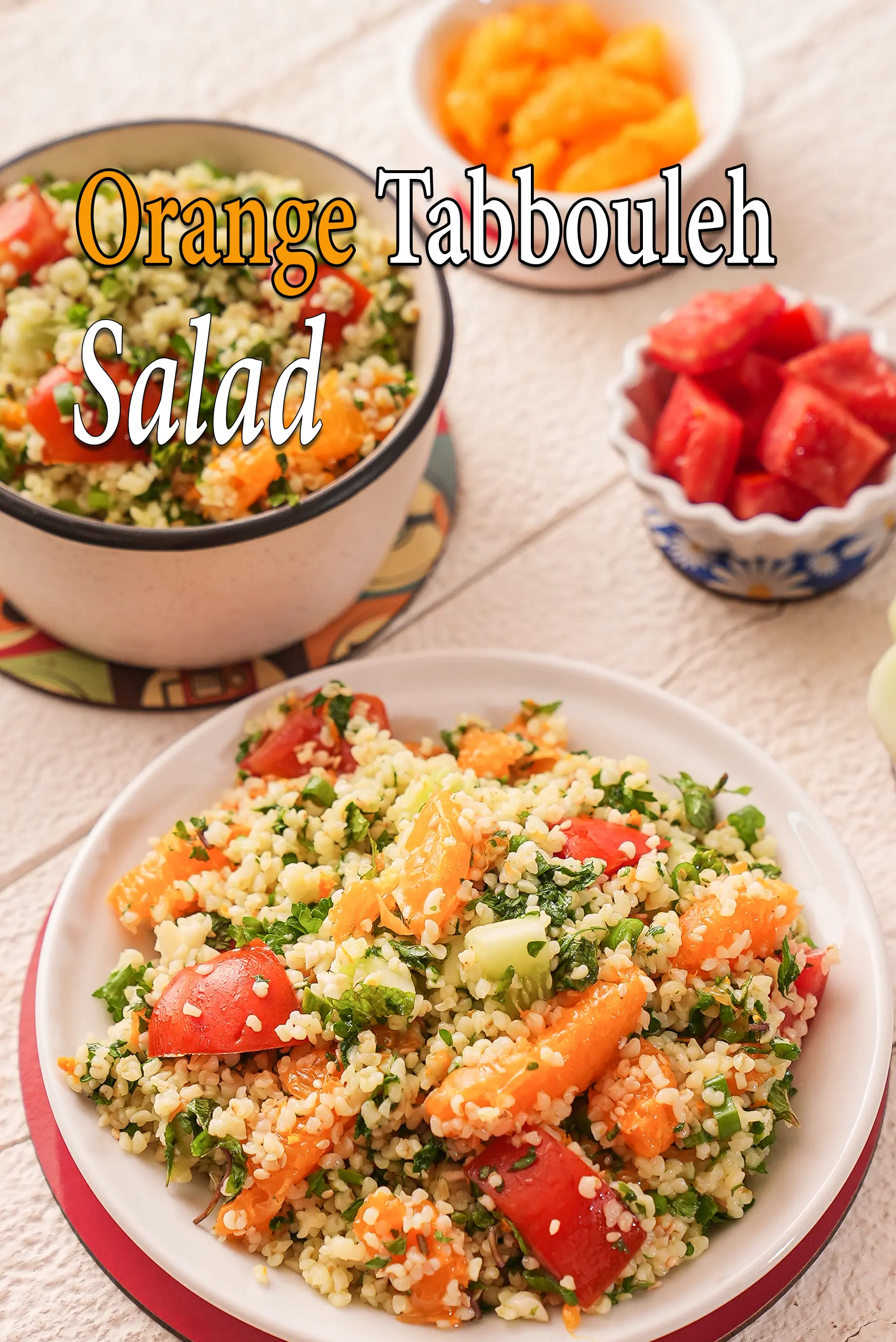
Click here to view Orange Tabbouleh Salad
Calories in other related recipes

